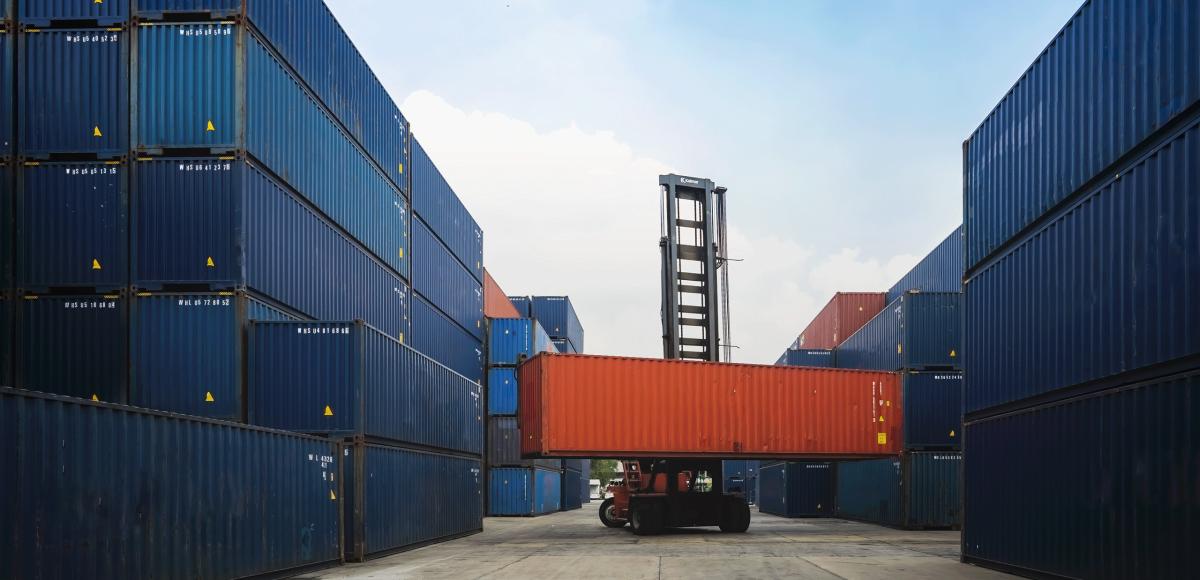
Supply Complex
Green supply chain constraints. Pandemic bounce-back or long-term concern?
The effects of Russia's invasion of Ukraine are being felt across the world in terms of growing food and energy insecurity. The interconnected nature of the global gas market through Liquified Natural Gas (LNG) transportation means that when the price goes up in Europe the impacts are felt around the world. And across the world, one response to the crisis is that energy security can be provided through renewable technologies such as wind and solar. We see it in the EU's REPowerEU plan and in Japan's announcements in April.
At the same time of course gas use will continue and diversification into LNG away from Russian pipeline gas in, e.g. Germany, will bring major investments in fossil fuels in the short-term.
These developments double down on the already large, expected investments in wind, solar, batteries and in hydrogen. In Europe alone, according to AFRY Management Consulting central projections, we can expect increases of 560GW of wind, 670GW of solar, 108GW of batteries and 107GW of electrolysers by 2040. We have seen dramatic falls in the costs of these technologies over the last two decades to take us to a place where, even before the increase in fossil fuels more recently, green electricity was already the cheapest option available. But as the global economy bounced back from the pandemic, the prices of the minerals and metals required to make these green technologies spiked, with lithium prices, for example, increasing five-fold. Many of these metals and minerals have since reduced in price but remain significantly higher than their prior levels.
In the light of the "weaponisation" of gas by Russia, questions are rightly being asked about where the raw materials for green technology are produced, where the known reserves are located and how we can respond to further supply chain shocks, should they occur.
For wind power, the main concerns are the reliance on rare earth metals, which are mainly produced today in China due to resource location and low processing cost. Copper and zinc are needed in large quantities as well although there is less concern around secure supply of zinc due to its abundance.
China is dominant in the central aspects of the solar PV supply chain - from polysilicon production through to cells, wafers and modules. The raw material silicon itself is relatively abundant.
Lithium, cobalt, nickel and graphite are the key metals and minerals for today's battery production. Lithium is only moderately concentrated in terms of production, but as stated prices have increased dramatically due to a lack of investment in mines in the recent past. Cobalt is produced predominantly in the Democratic Republic of Congo. Globally, around 20% of high-grade nickel, suitable for batteries, is produced in Russia. When it comes to electrolysers, the required metals vary by type of technology but all face different potential future constraints, with nickel and platinum worthy of a particular mention.
There are several different strategic responses that governments and companies can have to concerns over rising prices and the availability of key minerals and metals.
- Diversification of supply – where resources allow, enable an increase in the diversity of production to reduce reliance on potentially unreliable trading partners.
- Absolute increase in supply levels – work to plan the expansion of facilities with reliable partners. These supply side measures are already overdue. Lead times for new mining facilities are long, at around 10 years on average. Facilitating the development of new mines through fast-tracked permitting and planning will be necessary to avoid the worst increases in price and supply shortages. This will need to be done whilst still maintaining ESG requirements.
- Diversification in technologies – move to those technologies requiring less scarce metals and minerals through increased R&D funding. As an example, in wind turbine manufacture, moving to a rare-earth-free generator in the drive such as is proposed by GreenSpur. Sodium ion batteries are developing fast which will contain concerns over lithium. Another option considered is moving to the use of more aluminium wiring from copper wiring although this presents its own set of challenges.
- Enable the re-shoring of production facilities - this is especially needed for solar PV to enable the production of all parts of the supply chain to be carried out locally. Companies involved in the energy transition may consider getting involved further upstream, at least partially, to keep ahead of developments and the competition. Stakes in newer start-up technologies may also pay off.
Many of the locations of the minerals and metals needed for the energy transition are in locations that will be subject to high climate change risk and water stress. This makes it even more imperative that we act quickly. It can be expected that any major transition, such as the one we are embarked upon in energy, will be far from smooth. But with the right foresight, strategy and implementation, the worst of the future disruption can be avoided.
